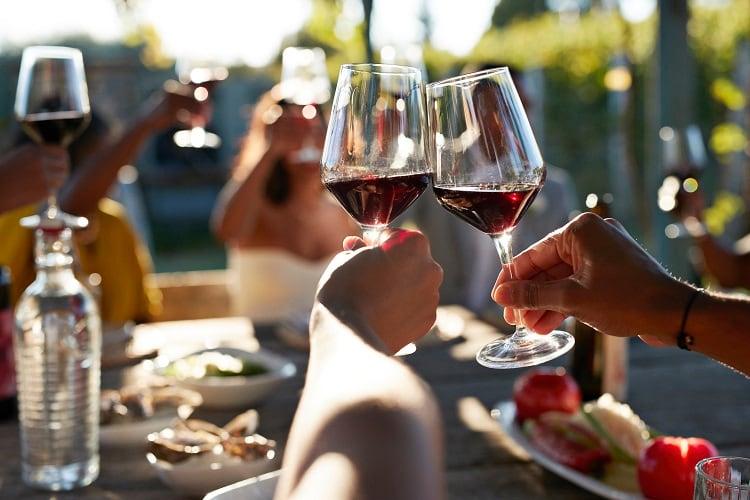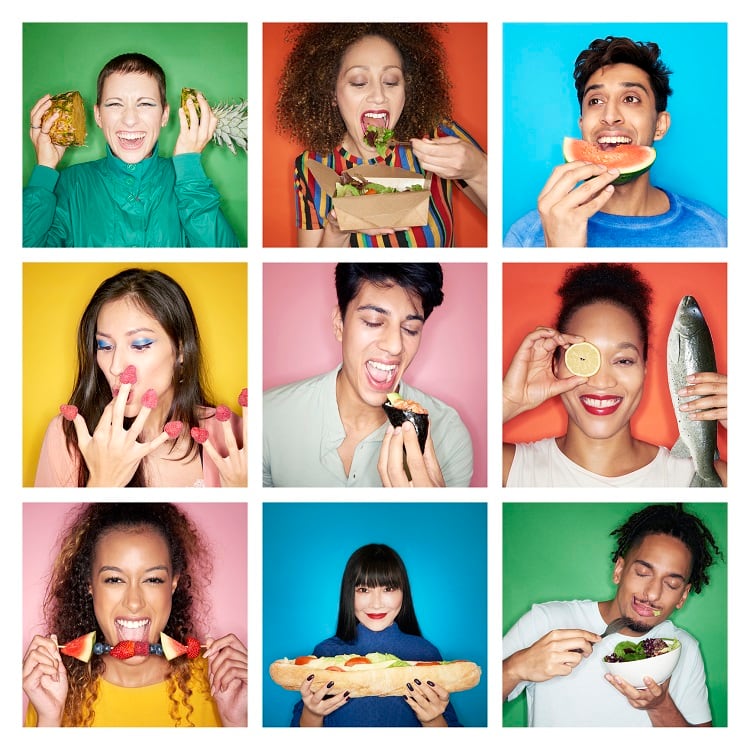That’s not to say these emerging non-drinkers aren’t curious about or want to forgo the flavour of alcohol entirely. Quite the opposite, it would appear.
“The future of alcohol may lie in food form, as innovative collaborations are redefining alcohol as a culinary flavour, appealing to a new generation of sober-curious, snack-loving consumers,” trends intelligence platform LS:N Global senior foresight analyst Alice Crossley said.
Alcohol consumption has declined in many countries, such as 16% in the UK during the decade to 2024, Crossley said following the publication of the Spirited Synthesis report.
What alcohol does Gen Z drink
Younger, health-conscious consumers, specifically Gen Z, are steering away from alcoholic drinks, but not altogether. “These consumers haven’t abandoned alcohol entirely,” Crossley explained.
While Gen Z consume fewer units of alcohol than their parents, the generation did over-represent in the ready-to-drink category, especially in the US, and spirit-based cocktails too, particularly in countries like Spain. The generation over-indexes in aperitifs, showing further how their attitude with alcohol differs from previous age groups.
“They are also engaged with it in new ways, favouring alcohol-infused foods and novelty products over traditional drinking.”
The generation’s alcohol interactions have shifted away from booze as a refreshment or with a meal, she claimed, but it remains an occasional treat in the right format, which is also fuelling interest in alcohol as a flavour.
This can be seen in products like Ballantine’s whisky-infused sriracha hot sauce, Doritos Nachos Cheese Spirit or Oatly’s Piña Colada soft serve.
“These collaborations between food and beverage brands offer fresh avenues for integrating alcohol into daily life and social occasions without the health implications of drinking,” said Crossley.
Did vodka pasta kick-off edible booze trend?
The beginning of the trend taking off can be pinpointed to the rise of ‘vodka pasta’, a recipe that dominated TikTok several years ago before being picked up by Heinz and Absolut as a collaborative jarred pasta sauce.
“Vodka [in this case] is used not just as an ingredient, but as a key flavour enhancer in a creamy tomato sauce,” Crossley explained. “This dish became the social media sensation, showcasing how alcohol can be used creatively in cooking to appeal to younger audiences.”
And as next generation consumer preferences evolve, the alcohol industry will look to develop flavour innovations, as well as non-alcoholic flavour versions of core spirits, that will be used in foods.
“This shift not only expands product offerings, but also cements the relevance of alcohol in a rapidly changing market where its future may be more about eating than drinking,” said Crossley.





